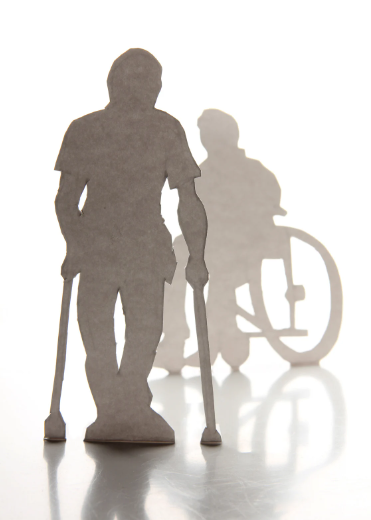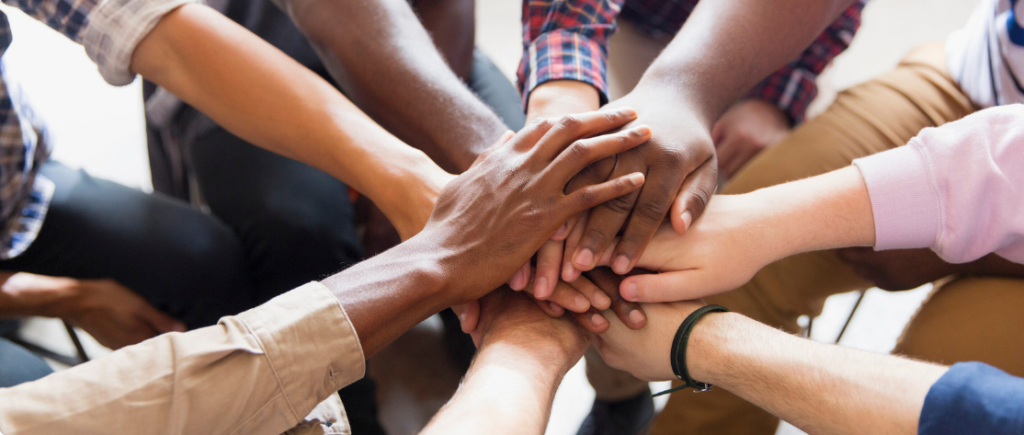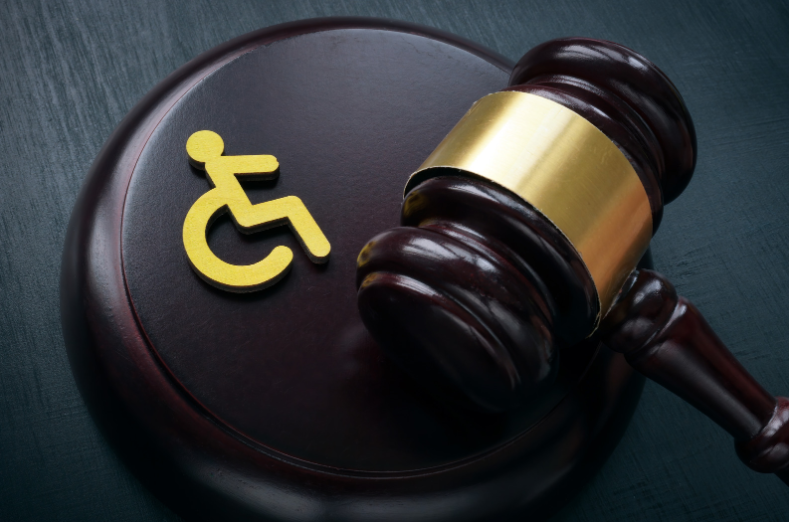As a disabled person, one assumption I often encounter is that disability benefits – or really any other type of assistance – is easy to get. Disabled people are often stereotyped as incapable, unintelligent, or even unclean – someone should feel bad for us and help out, right?
According to 2011 data from the Social Security Administration presented by NPR, on average, only 4.6 percent of Americans aged 18 to 64 were receiving workers’ disability compensation. That’s compared to the 13 percent of the civilian population that disabled Americans make up.
In Ohio alone, the poverty rate for people with disabilities is more than double that of those without disabilities. What does that say about what is (or is not) available to us?
When disabled people advocate for better access and support, we do so with the knowledge that almost everyone will be impacted by disability at some point, whether that be through age or illness. And even if they are not currently, there may be something in their life that finds itself intertwined with what the disabled community has been fighting for since the passing of the ADA in 1990, and beyond.
Left behind in crisis
Alice Wong, disability activist and author of Disability Visibility, wrote a blog post in December 2023 about the correlation between disability and the violence currently facing Palestinians.
She detailed how disabled Palestinians are not only further harmed by the destruction, but also how people are becoming disabled because of it. Most recently, Al-Shifa Hospital – a key resource for Gaza – was a target of violence, leaving many citizens without life-saving medical care.
The events in Ukraine are not an exception to this, either. In largely any tragic event you can think of, disabled people are left behind – an issue advocates continue to speak about.
The COVID-19 pandemic is perhaps the most significant example. Even as mask and vaccination requirements lifted, some immunocompromised individuals still felt as if they could not leave their homes for fear of contracting the virus.
Not only that, but the notion that only people with health conditions (such as the elderly) are at risk of dying from COVID feeds the narrative that disabled lives are disposable.

Institutionalization and the criminal justice system
In the process of writing this piece, I spoke to Kerstin Sjoberg, executive director of Disability Rights Ohio (DRO), a federally-funded organization focusing on protection and advocacy (P&A). DRO is the only entity of its kind in the state.
Much of the action around P&A began in response to the ethical issues surrounding Willowbrook, a facility in New York designed for people with developmental disabilities. And even though Willowbrook closed in 1987, the institutionalization of disabled people continues.
Sjoberg said that a key part of DRO’s work is being permitted into facilities such as prisons in order to serve those populations.
According to the Prison Policy Initiative, 40 percent of people currently incarcerated have a disability. If we compare that to the numbers presented previously, it is staggering.
Disabilities have, on more than one occasion, played a role in wrongful convictions – such as that in the cases of Pervis Payne and Robert Roberson.
Most recently, Ryan Gainer, who was only 15 years old and autistic, was shot and killed by San Bernardino, California, police in early March.
Once again, people are drawing to attention the unnecessary danger placed upon the disabled population, especially for those also identifying with other minorities. Black autistic individuals, in particular, are left out of conversations surrounding neurodivergence.
Access to mental health care
In eighth grade, I completed a project on my disability, cerebral palsy (also known as CP). As part of the work, I presented relevant statistics – one of which being that depression is more prevalent in people with CP than in people who do not have it.

Did this surprise me? A little bit, considering how little I knew about my own disability at the time. But maybe it is not a coincidence that, around that time, I began experiencing my own bouts of depression. I did not quite have the words for it at the time, but I began seeing a therapist in 2018.
Unlike many of my disabled peers, I had access to this type of care.
Sjoberg said that this is another issue the disabled community runs into – especially those who are on benefit programs. Some people need care to be available in their homes, and that can be hard to find.
“If disability services weren’t necessarily tied to Medicaid, I think it would help,” she said. “Relying on need-based systems is a system issue. It’s always going to make it more challenging to get disability services, to get benefits, and employment.”
Unemployment
When asked about the most common calls DRO receives, Sjoberg said employment is often brought up.
Authors Sarah Parker Harris, Rob Gould, and Courtney Mullin wrote in a 2019 research brief for the ADA National Network, “Though prohibited in the ADA, discrimination in the workplace has been a longstanding issue for people with disabilities. Nearly one in ten working adults with disabilities reported experiencing some kind of workplace discrimination within the five years after the passage of the ADA, and almost a third of these respondents permanently exited the workforce.”
If disabled people are not experiencing this, they are debating whether going to work is worth the “extra burdens,” said Sjoberg. “[Employment] may not feel beneficial to them because of the risk to benefits.”
The central idea of disability justice
It is not that people with disabilities do not want to work; it is that the societal barriers in place prevent us from making the contributions we desire.
That’s what the social model of disability seeks to communicate: disabilities are not the problem. In fact, they are a normal part of human existence that should be embraced in every possible way.
Disability justice is a framework designed to transform the ideas we have about disability and what it means to build a more accessible world.
I am grateful for the people who champion these concepts and educate others about them – because one lived experience is not indicative of all.

As I continue my advocacy work with my organization, Disabled Music Fans Collective, I aim to help people learn alongside me, and I hope that this piece has served that purpose for you.
And if there is one thing I would like for you to take away from this, it is that distance from disability is a privilege. Most of us will become disabled at some point in our lives – please use this privilege while you have it, and use it for good.
If you would like to learn more about disability representation and justice, I recommend starting with collectives such as Sins Invalid, who are credited for the term ‘disability justice.’
Carly Webster, Business Manager
(Featured Image from Canva)


